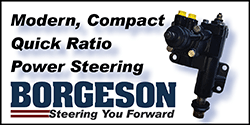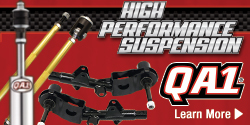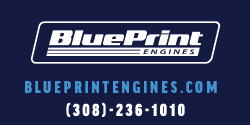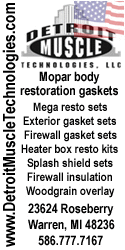Charlie Brown
Well-Known Member
- Local time
- 8:31 PM
- Joined
- May 23, 2021
- Messages
- 327
- Reaction score
- 517
- Location
- Vars, Ontario, Canada
Just finished adjusting lifter preload. Engine has sat idle for 5 months. Before doing so, I cranked the engine over to get full oil pressure using only the starter. I adjusted to zero lash plus 1/2 turn on the adjusters. While adjusting, there were a couple of valves that I could not get that 1/2 turn because I started to compress the spring. Could this be that some of the lifters are pumped up more than others? How should I tackle the adjustment on these valves or what am I missing here. Valve train geometry is correct. Shaft setup with Harland Sharp rollers. Approx 4k miles on engine. Engine ran fine before but there was a slight ticking on one or two rockers, thus the reason for adjusting.
















